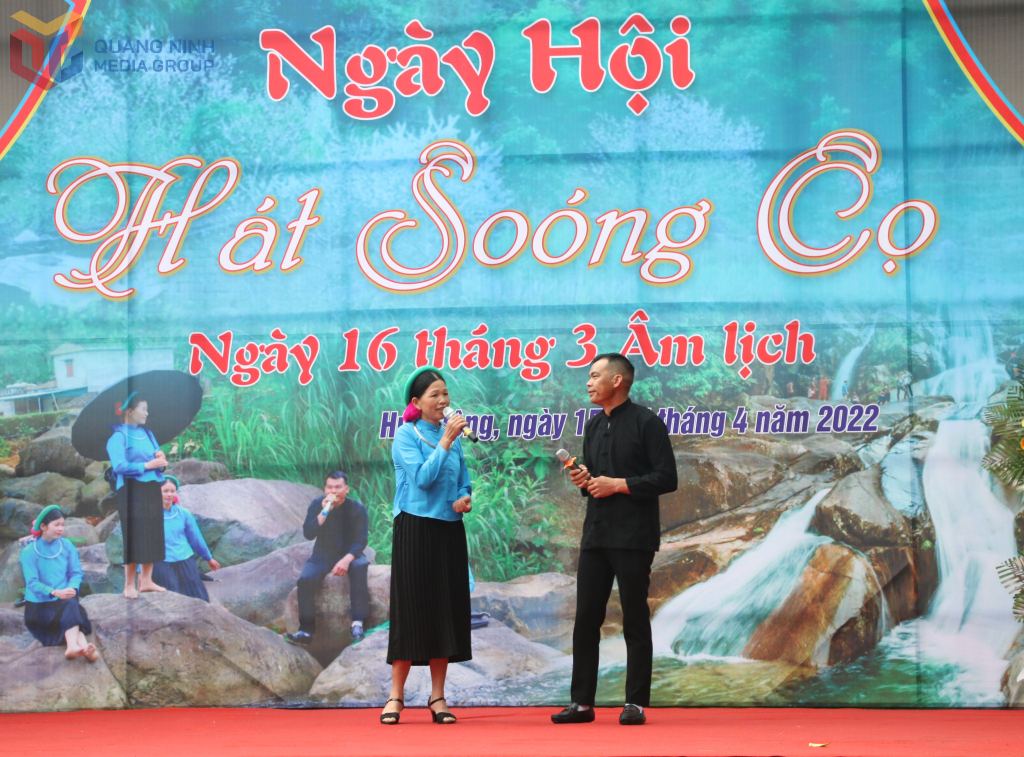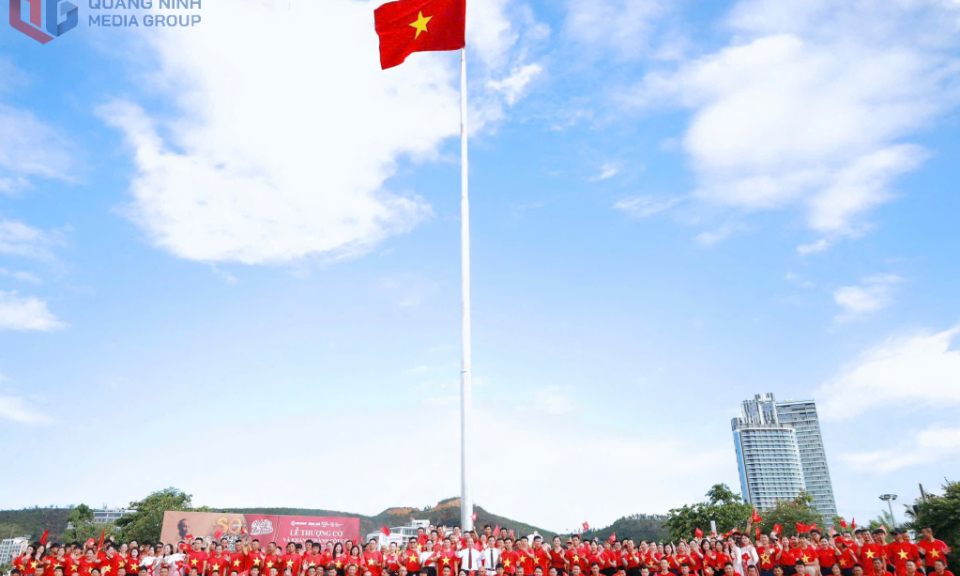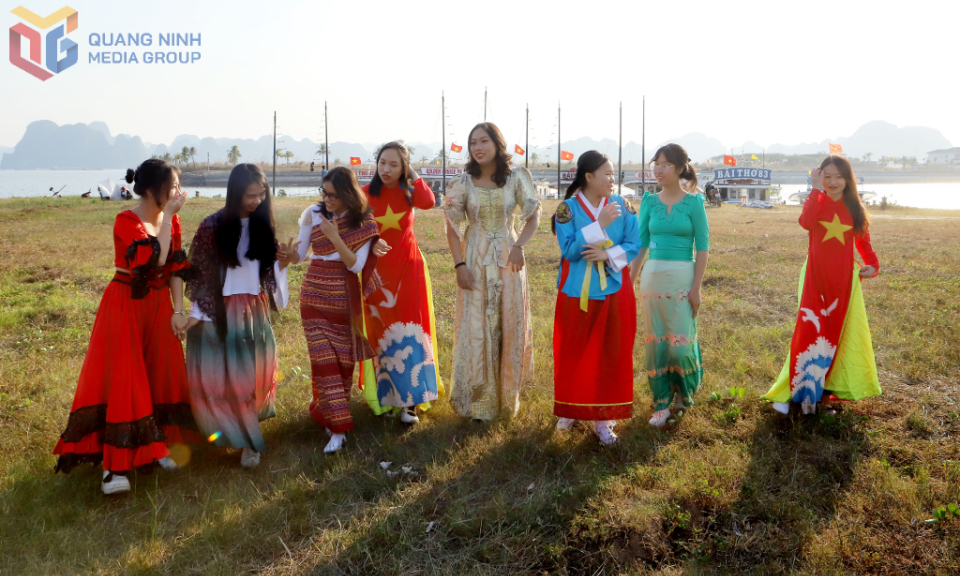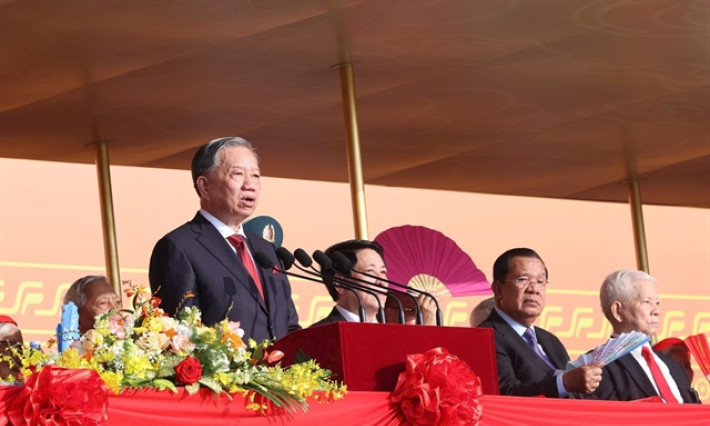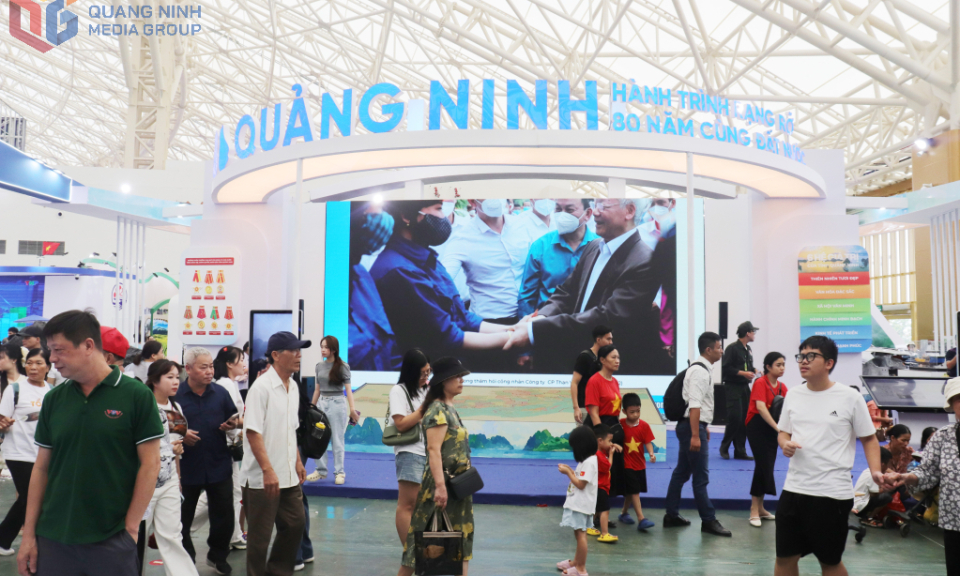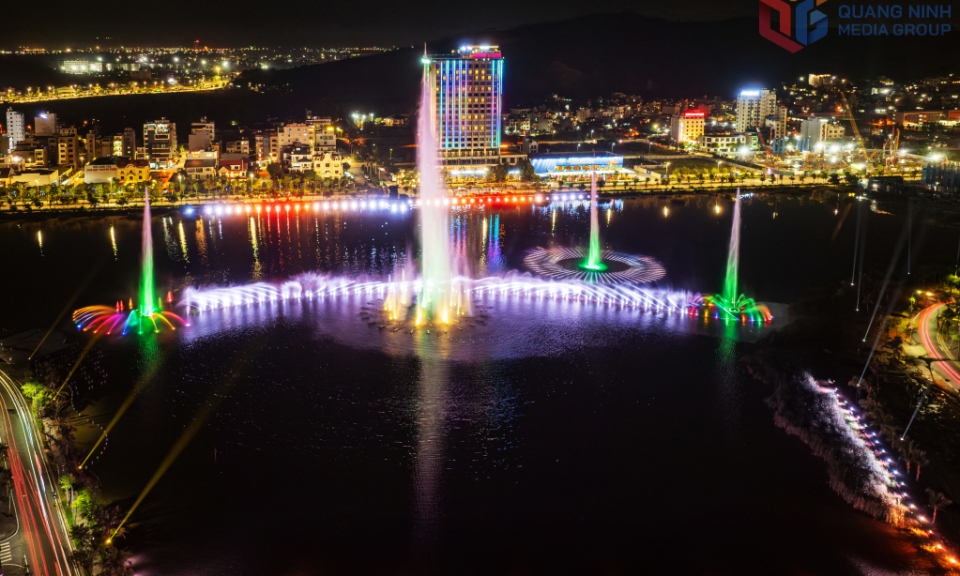Quang Ninh promotes the enduring charm of traditional culture
Amidst the lush green mountains, the melodies of Then singing and Soong Co chants echo alongside the sounds of traditional musical instruments, becoming part of daily life in the highland communities.
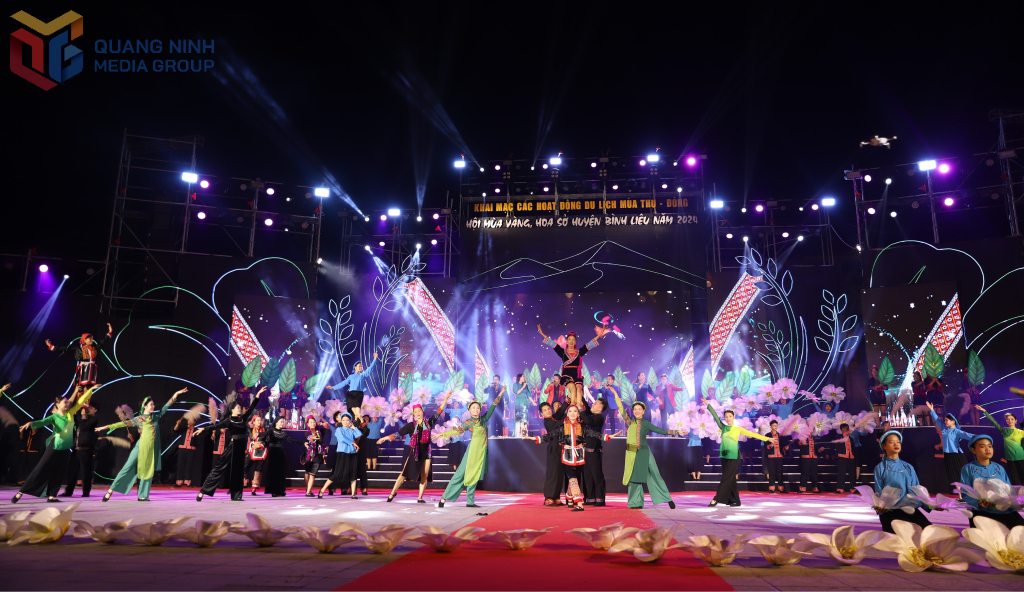
Well-equipped cultural houses, vibrant community playgrounds filled with children’s laughter, and increasingly active community learning centers paint a bright and lively picture of the region’s spiritual life.
A rich and meaningful cultural life
For days, Trieu Kim Thanh, head of the Na Bap Hamlet Art Club in Ba Che Commune, and other residents have been diligently rehearsing performances for an upcoming celebration commemorating the 80th anniversary of the August Revolution and National Day (September 2). As music plays from speakers in the village’s cultural house, she and the other women take the stage, dancing with practiced ease. Their traditional costumes, adorned in shades of pink, black, green, purple, and red, with colorful decorative threads, sway gracefully with every step, adding vibrance and charm to the performance.
“We’re preparing five performances featuring songs that praise the homeland, the Party, love, and the beauty of life,” Thanh shared. “We learn dances online and practice together. It’s not just for big events whenever we finish our chores and field work, we gather here to sing and dance. It brings us joy and keeps us healthy.”
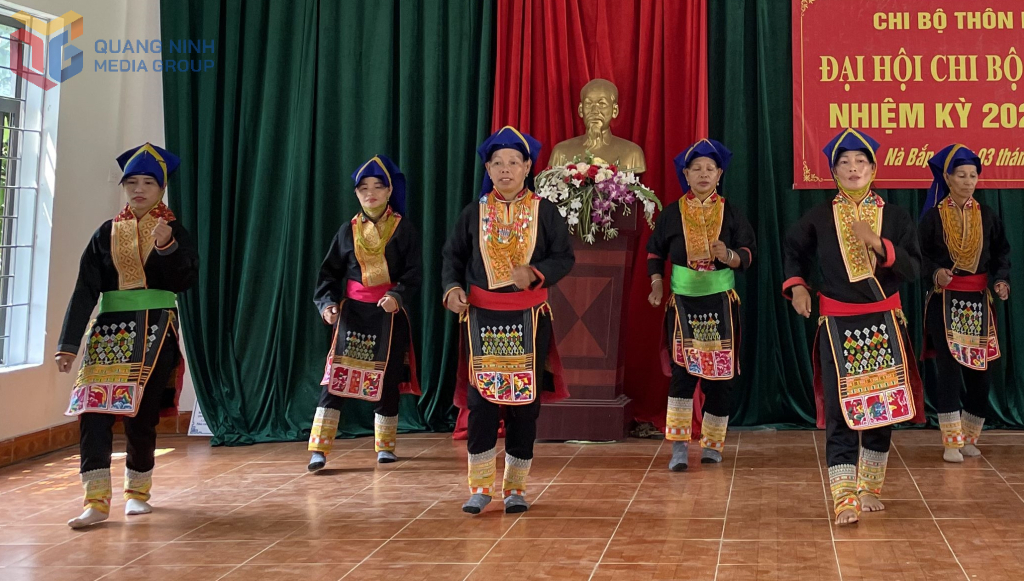
These cultural spaces not only provide places for recreation and learning but also serve as vital hubs that strengthen community bonds and promote local heritage. Not far from Na Bap hamlet, women in Lang Cang hamlet also meet regularly for folk dance sessions. Their spacious, well-equipped cultural house makes these gatherings easier and more enjoyable. Trieu Thi Nga, a young Dao woman, often arrives early during her lunch break to prepare the space adjusting the furniture and turning on music for everyone’s enjoyment.
“Since the new cultural house was built, we’ve been more enthusiastic about practicing. Whenever we perform, the place fills with neighbors who come to cheer and socialize,” Nga said. “We also host traditional games and sports like volleyball here during holidays and festivals. With better facilities, our community’s spiritual life has improved so much.”
Preserving identity, building community
These provincial investments have not only created safe and welcoming spaces for ethnic minorities to gather and celebrate but also play a crucial role in preserving and promoting their unique cultures.
Quang Ninh is home to 42 ethnic groups, with nearly 163,000 people, about 85% of whom live in rural or mountainous areas. Through national target programs, provincial funds, and social contributions, the province has prioritized grassroots cultural infrastructure, including cultural houses, community centers, sports fields, and libraries. Today, every ethnic minority village in Quang Ninh has a cultural house.
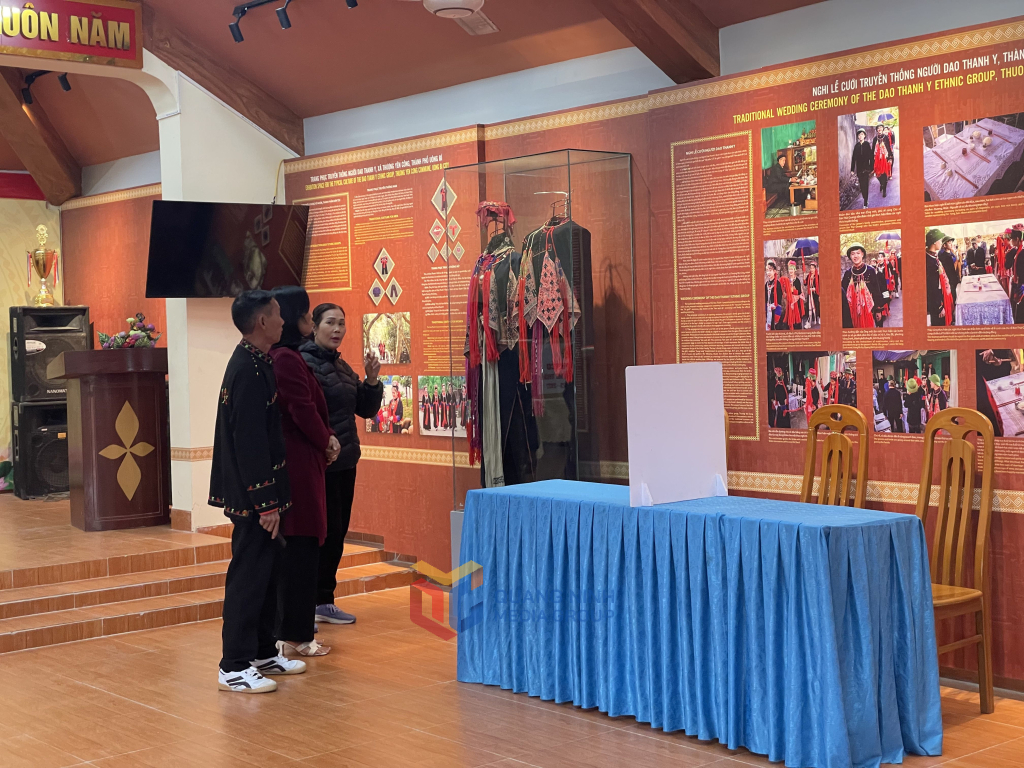
Most are also equipped with outdoor fitness equipment and children’s play areas. Dozens of traditional festivals are organized annually, such as Luc Na Temple Festival, Binh Lieu Golden Harvest Festival, the Kieng Gio Festival of the Thanh Phan Dao people in Hoanh Mo Commune, and the Village Festival of the Thanh Y Dao people in Quang La Commune. These celebrations not only connect communities but also attract tourists, reinforcing cultural pride and cohesion.
Cultural heritage as a driver of sustainable tourism
The province has actively integrated cultural heritage into community tourism development. In upland communes, ethnic households are supported in developing homestays and crafting high-quality OCOP products that reflect their unique cultural identity, from herbal liquors and yellow-flower tea to handmade vermicelli, five-colored sticky rice, and traditional cakes. These efforts ensure that culture becomes both a preserved heritage and a valuable economic resource.
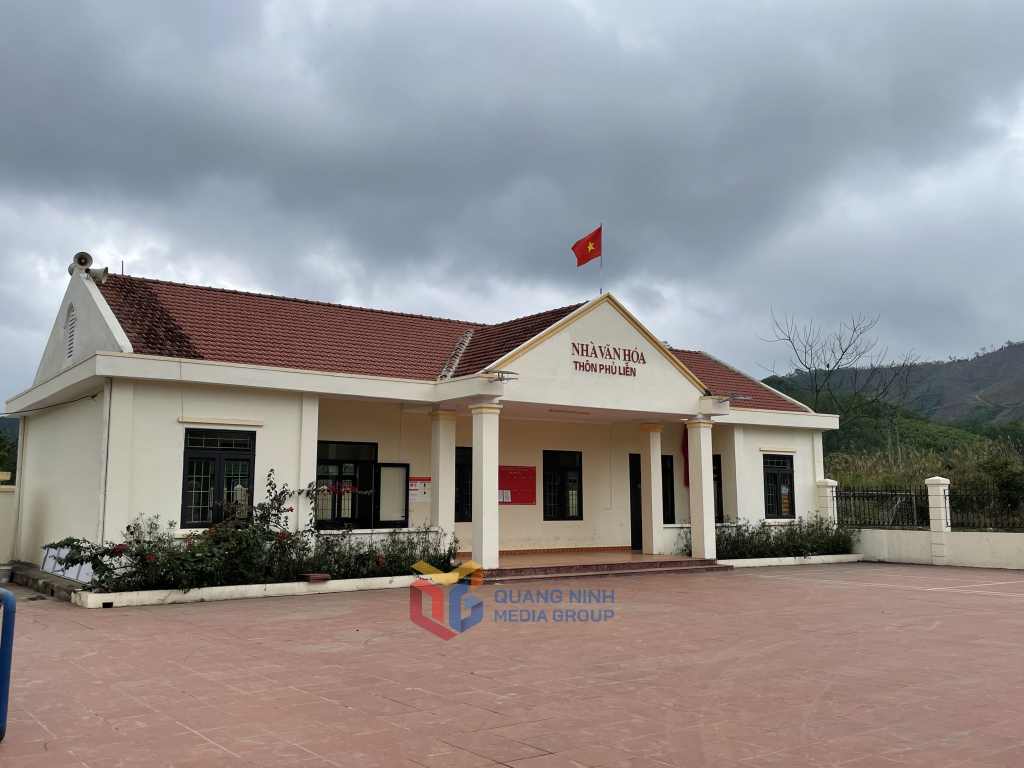
At the same time, educational, medical, vocational, and job creation policies are closely aligned with efforts to raise intellectual standards and promote cultural exchange. Officials working with ethnic communities receive regular training to improve their outreach, ensuring they remain close to the people and responsive to their needs.
This holistic approach provides a strong foundation for preserving, inheriting, and spreading the rich traditional cultural values of Quang Ninh’s ethnic communities.
